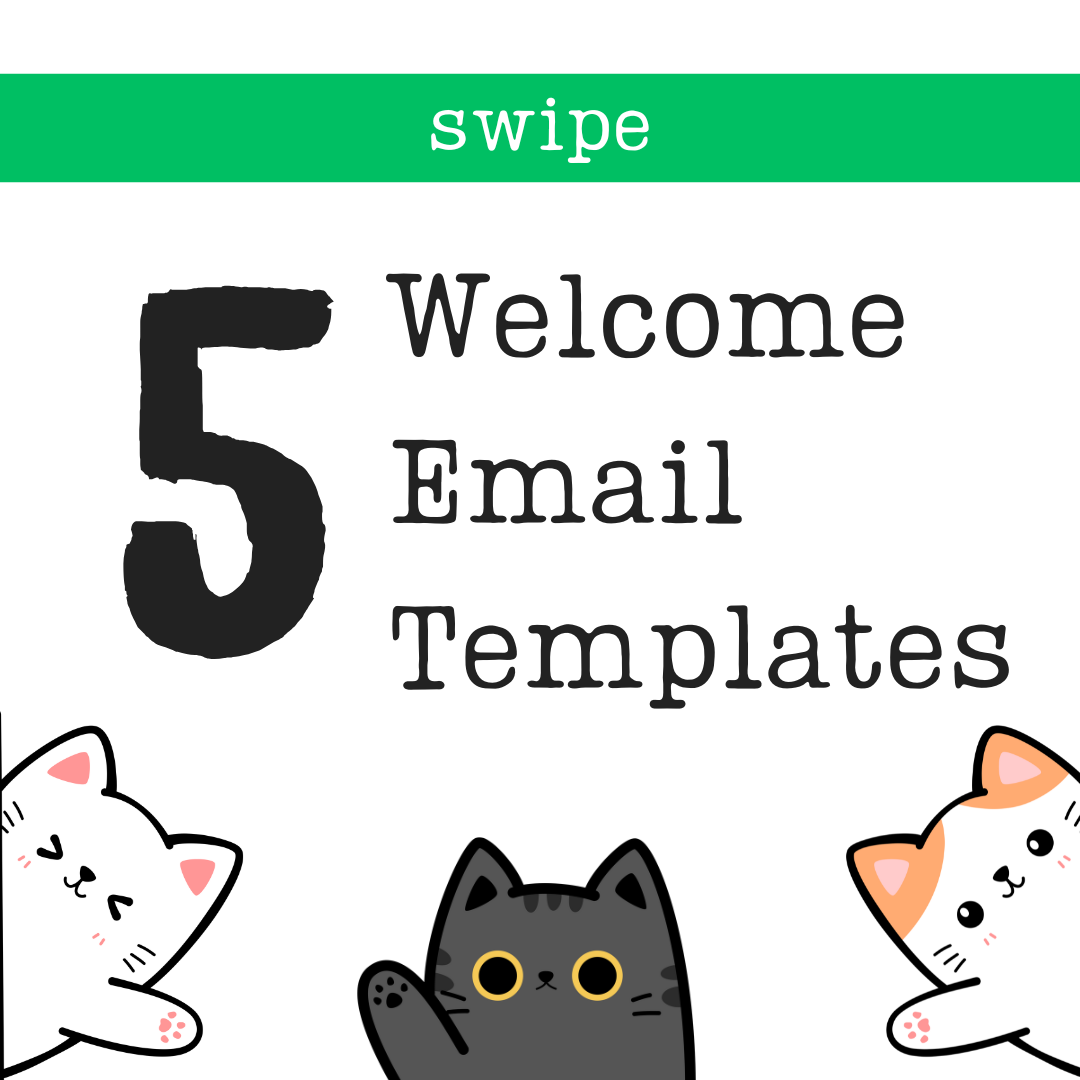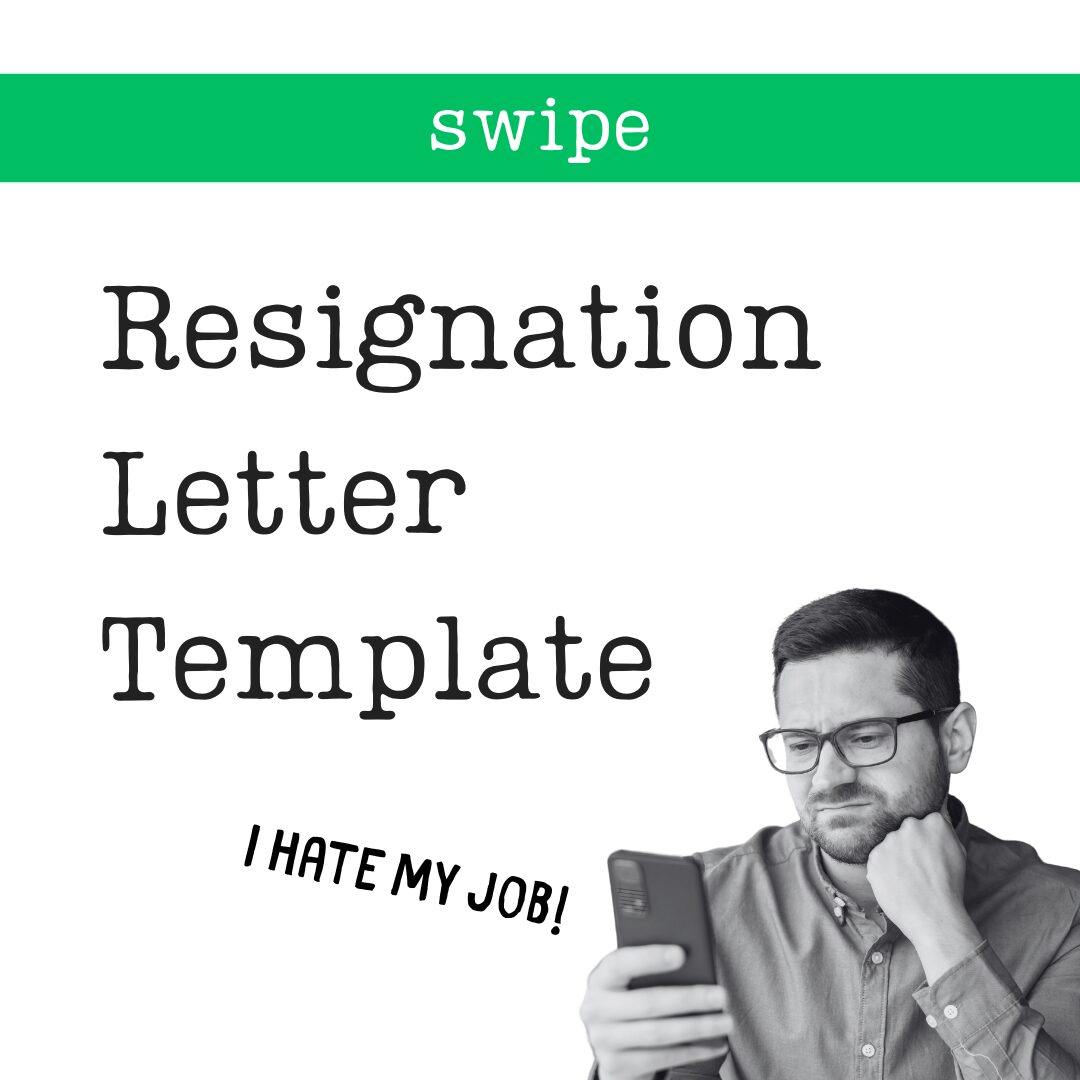E-commerce has become highly competitive, and abandoned cart emails reclaim lost sales. An estimated 70% of online shopping carts are abandoned, costing businesses billions annually. Abandoned cart emails win back those lost sales—if done well. A well thought out abandoned cart email reminds customers of what they left behind, sparks a sense of urgency, and gently nudges them to finish their purchase. Poorly executed ones annoy customers.
The power of abandoned cart emails
These skillfully timed follow-up messages sent to users should gently remind and encourage users to revisit their carts and finish the transaction. On average, abandoned cart emails have a 45% open rate and a 10% conversion rate, far outperforming typical marketing emails.
Why abandoned cart emails work
- Timing: They remind customers about their abandoned items when the purchase intent is still relatively fresh.
- Personalization: They address customers by name and often highlight specific products left in the cart.
- Incentives: They can include offers like free shipping, discounts, or limited-time promotions to encourage purchase completion.
Crafting effective abandoned cart emails
Creating an effective abandoned cart email balances urgency and customer comfort. The best emails include reminders without pressuring. Here’s how successful companies approach this.
1. Casper: The friendly reminder
Casper, the popular mattress company, takes a lighthearted approach to abandoned cart emails. When a potential customer leaves without purchasing, Casper sends an email with the line, “Don’t give up on your dreams” The email body playfully reminds them of their left-behind mattress and encourages them to complete the purchase. Casper’s email doesn’t push too hard; instead, it uses humor to bring customers back without feeling intrusive.
Why It Works: Casper’s brand personality is friendly and approachable, and their abandoned cart email reflects this. By using light humor, Casper keeps the email fun and non-pressuring, making it more likely that customers will engage positively.
2. Chubbies: the sense of urgency
Chubbies, a men’s shorts brand, is known for its playful and laid-back tone. However, in its abandoned cart emails, Chubbies incorporates a sense of urgency to nudge customers toward completing their purchases. They use subject lines like “You left a party waiting!” or “Don’t leave your new gear hanging!” and add a limited-time offer, such as free shipping if customers complete their purchase within a certain time frame.
Why It Works: Chubbies’ email creates urgency without seeming desperate. By using language that aligns with its brand’s fun personality, Chubbies encourages customers to act quickly without feeling pressured.
Bad Examples: When Abandoned Cart Emails Miss the Mark
Just as there are great examples of abandoned cart emails, there are also some ineffective approaches. Here are a couple of mistakes to avoid.
1. Aggressive language and inbox overload
One common mistake is using aggressive language, making the customer feel uncomfortable, or sending too many follow-ups. For example, a skincare brand might send an email with subject lines like, “You’re going to lose this forever!” followed by two or three reminders in quick succession. This approach can backfire, causing customers to feel annoyed and ultimately unsubscribe.
Why It Doesn’t Work: Frequent reminders and harsh language can seem desperate and irritate customers, driving them away rather than encouraging them to complete their purchase.
2. Overly pushy discounts
Another pitfall is offering a discount too soon. For example, an electronics retailer might immediately send an abandoned cart email with a 20% discount, even if the customer only looked at the product briefly. This tactic can lower the perceived value of the product and make customers expect discounts every time they abandon their cart.
Why It Doesn’t Work: If discounts are offered too early, customers may perceive the brand as “cheap” or begin to game the system by intentionally abandoning carts to receive discounts.
Real-world successes: art of encouragement
Many companies have struck the perfect balance with their abandoned cart emails. Here’s a look at some successful approaches that avoid the common pitfalls.
1. Warby Parker: helpful and personalized
Warby Parker, the eyeglass retailer, sends personalized abandoned cart emails featuring the customer’s selected frames, along with a clear call-to-action button to complete the purchase. Their email includes a helpful section with customer support options, such as a phone number and a chat link for any questions. This customer-centric approach reassures the buyer that they can easily seek help before making a final decision.
Why It Works: Warby Parker’s email strikes a balance between a helpful reminder and easy access to assistance. By offering support rather than pressuring customers, they create a positive experience that makes customers feel cared for.
2. Target: urgency with a hint of exclusivity
Target’s abandoned cart emails often use phrases like “Items in your cart are going fast” or “Only a few left!” to create a sense of exclusivity. They may also include a visual of the product in the customer’s cart, making the email feel more personalized and urgent.
Why It Works: Target’s email appeals to a fear of missing out (FOMO) without feeling pushy. The exclusivity makes customers feel that they’ll miss a great opportunity if they don’t act quickly, encouraging conversion without coming across as aggressive.
3. Adobe: Offering assistance before conversion
Adobe uses a unique approach by not focusing solely on completing the purchase. Their abandoned cart emails include options to learn more about the product, start a trial, or reach out for help if the customer has questions. This tactic provides value to the customer, helping them feel informed and confident before committing to a purchase.
Why It Works: Adobe’s approach to abandoned cart emails is effective because it shows that they prioritize the customer’s experience over a quick sale. By offering assistance, Adobe builds trust, which can lead to increased conversions in the long term.
Best Practices for abandoned cart emails
To craft an abandoned cart email that increases conversions without alienating customers, consider these best practices:
- Be friendly not stalkery: Stick to friendly, conversational language that aligns with your brand. Avoid harsh wording that might make the customer feel pressured.
- Personalize: Use the customer’s name and highlight specific items left in their cart to create a more personalized experience.
- Urgency not desperation: Words like “limited stock” or “don’t miss out” can be effective in moderation. Avoid using too many urgent phrases that could come across as desperate.
- Offer help: Include customer support options like chat or email links. Showing that you’re available for questions can alleviate doubts and encourage purchase completion.
- A reminder or two is all you get: Avoid bombarding customers with too many reminders. Two or three well-timed emails are usually sufficient.
Sample abandoned cart email flow
A well-structured email flow can significantly boost the effectiveness of your abandoned cart emails. Here’s a suggested sequence:
- Email 1 (Sent 1-2 hours after cart abandonment): A friendly reminder with a personalized message and an image of the item left behind.
- Email 2 (Sent 24 hours later): Add a subtle sense of urgency and a reminder that the cart is still waiting.
Finally
Abandoned cart emails are an essential strategy for reclaiming lost sales, but they must be approached thoughtfully. Balance is key—use urgency and personalization to create a gentle nudge, but avoid coming across as too aggressive. By focusing on the customer’s needs and making the purchase process easy and supportive, brands can craft abandoned cart emails that boost conversions while enhancing the overall customer experience.


